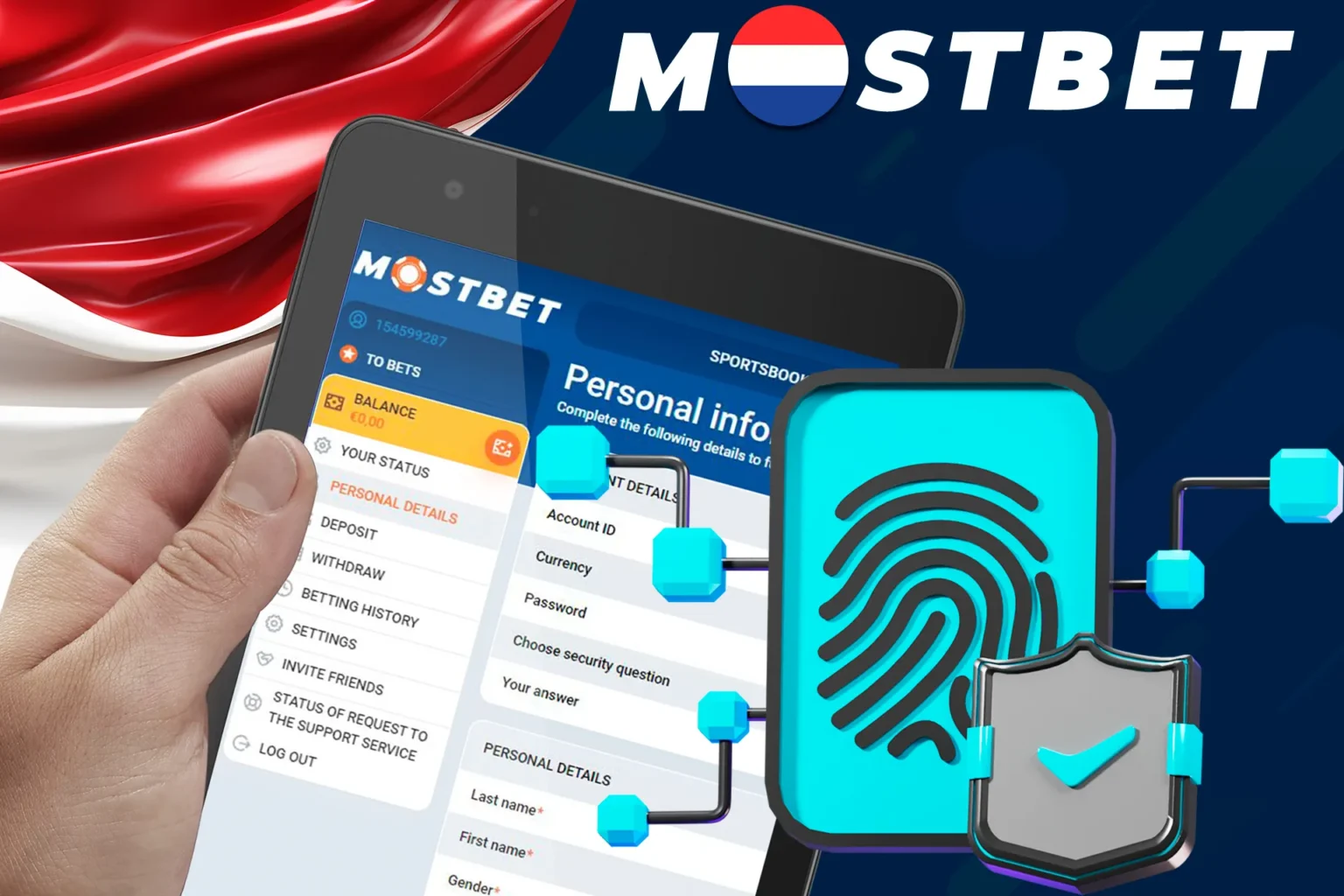
Spooky stories have an undeniable charm that captivates audiences of all ages. Whether shared around a campfire, during a chilly Halloween night, or in a cozy living room, these tales draw us into a world of suspense, fear, and excitement. But what makes a spooky story truly spine-chilling? The skill of narrating and creating the ideal atmosphere holds the key to the solution.
In this blog post, we’ll explore essential tips on how to narrate spooky stories effectively, ensuring your audience hangs on to every word.
Understanding the Elements of a Spooky Story
Structure of a Spooky Story
Every great spooky story follows a specific structure that builds anticipation and fear:
- Introduction: Start by setting the stage. Introduce the characters and the setting, ensuring the audience feels the atmosphere change.
- Climax: This is where the tension reaches its peak. Unveil the supernatural elements or the source of fear, leaving your audience on the edge of their seats.
- Resolution: Finish with a twist or a thought-provoking, open-ended inquiry that makes your audience wonder and feel alarmed.
Themes Commonly Found in Spooky Stories
Short Spooky stories often explore universal themes such as the fear of the unknown, isolation, and supernatural phenomena. These themes resonate deeply with people, making the tales all the more haunting.
Creating the Right Atmosphere
Physical Environment
Establishing a suitable physical setting is essential to drawing your audience fully into the narrative. Here are a few tips:
- Lighting: Dim the lights or use candlelight to create shadows and evoke a mysterious ambiance. Low light can heighten anticipation, making every sound more pronounced.
- Location: Choose an eerie setting—whether it’s a dark room, a forest clearing, or an abandoned building—where your audience can feel the spooky vibes.
- Props: Use spooky decorations, such as cobwebs or eerie sound effects, to add authenticity. These elements can enhance the storytelling experience.
Setting the Mood with Sound
Sound plays a crucial role in storytelling. A well-chosen background score can elevate the mood:
- Background Music: Use creepy soundtracks or ambient noises that evoke feelings of fear and suspense. Choose music that builds tension as the story unfolds.
- Sound Effects: To make the experience more immersive, add sound effects like distant thunder, whispering winds, or creaking doors.These sounds can transport your audience into the heart of the story.
Mastering Your Delivery
Voice Modulation and Tone
Your delivery can make or break a spooky story. Here are some techniques to consider:
- Pacing and Pauses: Vary your pacing to control the tension. During tense situations, slow down and don’t be scared to stop for dramatic effect. A well-timed pause can leave your audience breathless with anticipation.
- Voice Pitch and Intensity: Change your pitch and intensity to reflect the mood of the story. A whisper can convey fear, while a loud exclamation can heighten the suspense.
Body Language and Gestures
Non-verbal communication is just as important as your words:
- Facial Expressions: Use your facial expressions to communicate your feelings. A furrowed brow can signal concern, while wide eyes can express fear or surprise.
- Gestures: Use your hands and your body language to highlight important details in the narrative. Leaning in during tense moments can draw your audience closer.
Engaging Your Audience
Reading the Room
Understanding your audience’s reactions is crucial:
- Pay attention to their body language and expressions. Are they engaged, or are they losing interest? Adjust your delivery accordingly.
Interactive Elements
Make your storytelling interactive:
- Involve the Audience: Ask questions or encourage them to share their thoughts. This keeps them engaged and invested in the narrative.
- Suspenseful Cliffhangers: Leave your audience hanging at critical moments to keep them on the edge of their seats.
Choosing the Right Stories
Types of Spooky Stories to Narrate
Not all spooky stories are created equal. Here are some popular types:
- Classic Ghost Stories: Timeless tales of hauntings that never fail to chill.
- Urban Legends: Modern myths that often have a grain of truth, leaving listeners questioning reality.
- Personal Experiences: Sharing personal spooky encounters can create a deep connection with your audience.
Tailoring Stories to the Audience
Consider your audience’s preferences:
- Adjust the complexity and content of the story based on the age group and interests of your listeners. Children may prefer lighter tales, while adults might enjoy more chilling narratives.
Practice and Preparation
Rehearsing the Story
Preparation is key to a successful storytelling session:
- Practice: To improve your delivery, rehearse your story several times. To assess the tone and tempo of your voice, record yourself.
- Gather Input: Discuss your practice sessions with loved ones to get helpful feedback.
Gathering Feedback
Feedback is invaluable in honing your skills:
- Ask for opinions on your delivery and the story itself. This will help you identify areas for improvement.
Conclusion
Narrating spooky stories is an art that combines structure, atmosphere, and delivery. By understanding the elements of a spooky story, creating the right environment, mastering your delivery, and engaging your audience, you can craft unforgettable experiences.Recall that practice makes perfect. So gather your pals, turn down the lights, and get ready for some spine-tingling storytelling!
Whether you’re sharing classic ghost stories or urban legends, the art of narration will ensure your audience is both captivated and terrified. So, are you ready to spin some spooky tales?
Read our selection of online Horror Stories and Short Scary Tales for free. Discover spine-chilling true Indian ghost stories, all in English.
Read more and follow us at https://viralsocialtrends.com/



